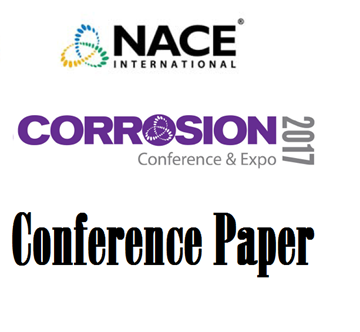Search
Products tagged with 'ph'
View as
Sort by
Display
per page
CP of Steel in Soil: Temporospatial pH and Oxygen Variation as a Function of Soil Porosity
Product Number:
51321-16313-SG
Publication Date:
2021
$20.00
Determination of the Acceptability Conditions for a Safe Use of Alloys UNS S32750 Through SSRT Screening
Product Number:
51321-16322-SG
Publication Date:
2021
$20.00
Evaluation of Test Methods for Characterizing Steel Corrosion Potential in MSE Wall Fill
Product Number:
51321-16486-SG
Publication Date:
2021
$20.00
Guidelines for Using Water Analysis for Corrosion Prediction- Sampling Analysis and Data Interpretation
Product Number:
51323-19421-SG
Publication Date:
2023
$20.00
How Fluoropolymers Resist Chemical Attack across the pH Spectrum
Product Number:
51324-20603-SG
Publication Date:
2024
$40.00
Laboratory Study of Internal Corrosion and Cathodic Protection Concerns Related to Offshore Monopile Structures
Product Number:
51323-18894-SG
Publication Date:
2023
$20.00
Ph Measurement During Cathodic Protection And DC Interference
Product Number:
51321-16766-SG
Publication Date:
2021
$20.00
Potassium Hydroxide For PWR Primary Coolant pH Control: EPRI Program
Product Number:
ED22-17394-SG
Publication Date:
2022
$20.00
Study on Effect of Buffer Capacity on Corrosion Performance of CRAs in Simulated Well Condition
Product Number:
51317--9283-SG
ISBN:
9283 2017 CP
Publication Date:
2017
$20.00
The Role Of Acid Gas Partial Pressure On Corrosion Processes In Oil And Gas Production Systems
Product Number:
51321-16862-SG
Publication Date:
2021
$20.00
Weld Jointing Influence on Boiler Tube Sheet Integrity
Product Number:
MPWT19-14366
Publication Date:
2019
$0.00











